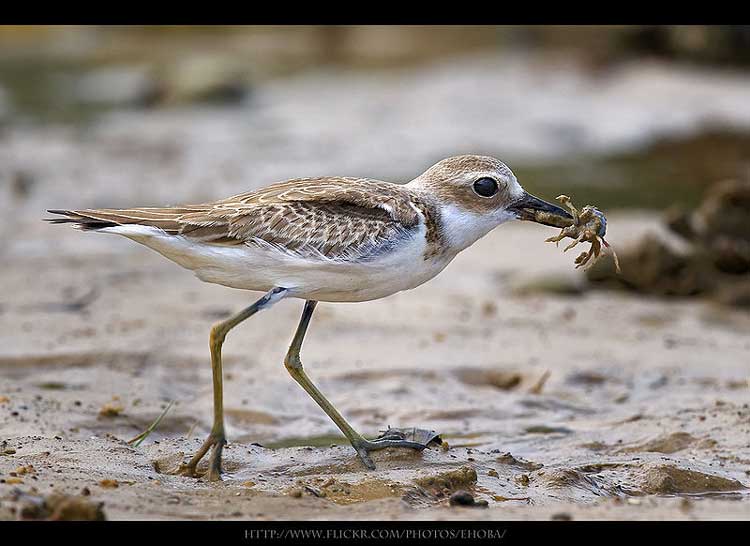
Charadrius leschenaultii (*)
Superregnum: Eukaryota
Cladus: Unikonta
Cladus: Opisthokonta
Cladus: Holozoa
Regnum: Animalia
Subregnum: Eumetazoa
Cladus: Bilateria
Cladus: Nephrozoa
Superphylum: Deuterostomia
Phylum: Chordata
Subphylum: Vertebrata
Infraphylum: Gnathostomata
Megaclassis: Osteichthyes
Cladus: Sarcopterygii
Cladus: Rhipidistia
Cladus: Tetrapodomorpha
Cladus: Eotetrapodiformes
Cladus: Elpistostegalia
Superclassis: Tetrapoda
Cladus: Reptiliomorpha
Cladus: Amniota
Classis: Reptilia
Cladus: Eureptilia
Cladus: Romeriida
Subclassis: Diapsida
Cladus: Sauria
Infraclassis: Archosauromorpha
Cladus: Crurotarsi
Divisio: Archosauria
Cladus: Avemetatarsalia
Cladus: Ornithodira
Subtaxon: Dinosauromorpha
Cladus: Dinosauriformes
Cladus: Dracohors
Cladus: Dinosauria
Ordo: Saurischia
Cladus: Eusaurischia
Subordo: Theropoda
Cladus: Neotheropoda
Cladus: Averostra
Cladus: Tetanurae
Cladus: Avetheropoda
Cladus: Coelurosauria
Cladus: Tyrannoraptora
Cladus: Maniraptoromorpha
Cladus: Maniraptoriformes
Cladus: Maniraptora
Cladus: Pennaraptora
Cladus: Paraves
Cladus: Eumaniraptora
Cladus: Avialae
Infraclassis: Aves
Cladus: Euavialae
Cladus: Avebrevicauda
Cladus: Pygostylia
Cladus: Ornithothoraces
Cladus: Ornithuromorpha
Cladus: Carinatae
Parvclassis: Neornithes
Cohors: Neognathae
Cladus: Neoaves
Ordo: Charadriiformes
Subordo: Charadrii
Familia: Charadriidae
Genus: Charadrius
Species: Charadrius leschenaultii
Subspecies: C. l. columbinus – C. l. crassirostris – C. l. leschenaultii
Name
Charadrius leschenaultii Lesson, 1826
References
Dictionnaire des Sciences Naturelles 42: 36.
Vernacular names
čeština: Kulík větší
English: Greater Sand Plover
Esperanto: Dezertpluvio
日本語: オオメダイチドリ
한국어: 큰왕눈물떼새
The greater sand plover (Charadrius leschenaultii) is a small wader in the plover family of birds. The spelling is commonly given as "greater sandplover" or "greater sand-plover", but the official British Ornithologists' Union spelling is "Greater Sand Plover".[3] The genus name Charadrius is a Late Latin word for a yellowish bird mentioned in the fourth-century Vulgate. It derives from Ancient Greek kharadrios a bird found in ravines and river valleys (kharadra, "ravine"). The specific leschenaultii commemorates the French botanist Jean Baptiste Leschenault de la Tour.[4]
Distribution
It breeds in the semi-deserts of Turkey and eastwards through Central Asia. It nests in a bare ground scrape. This species is strongly migratory, wintering on sandy beaches in East Africa, South Asia and Australasia. It is a rare vagrant in western Europe, where it has been recorded as far west as Iceland. It has been spotted twice in North America, the most recent being on May 14, 2009, in Jacksonville, Florida.[5]
Subspecies
There are three subspecies: The nominate, C. l. columbinus and C. l. scythicus. The last was known as C. l. crassirostris until it was established that this name is pre-occupied by a subspecies of Wilson's plover, C. w. crassirostris.[6]
Description
This chunky plover is long-legged and thick-billed. Breeding males have grey backs and white underparts. The breast, forehead and nape are chestnut, and there is a black eye mask. The female is duller, and winter and juvenile birds lack the chestnut, apart from a hint of rufous on the head. Legs are greenish and the bill black.
In all plumages, it is very similar to lesser sand plover, Charadrius mongolus. Separating the species may be straightforward in mixed wintering flocks on an Indian beach, where the difference in size and structure is obvious; it is another thing altogether to identify a lone vagrant to western Europe, where both species are very rare. The problem is compounded in that the Middle Eastern race of the greater sand plover is the most similar to the lesser species.
Ecology
Its food consists of insects, crustaceans and annelid worms, which are obtained by a run-and-pause technique, rather than the steady probing of some other wader groups.
Its flight call is a soft trill.
The greater sand plover is one of the species to which the Agreement on the Conservation of African-Eurasian Migratory Waterbirds (AEWA) applies.
File:Greater Sand Plover wynnum.ogvPlay media
Wynnum Esplanade, SE Queensland, Australia
Egg - MHNT
References
BirdLife International (2019). "Charadrius leschenaultii". IUCN Red List of Threatened Species. 2019: e.T22693862A153879900. doi:10.2305/IUCN.UK.2019-3.RLTS.T22693862A153879900.en. Retrieved 13 November 2021.
"Charadrius leschenaultii". IUCN Red List of Threatened Species.
"Charadrius leschenaultii". Avibase.
Jobling, James A (2010). The Helm Dictionary of Scientific Bird Names. London: Christopher Helm. pp. 99, 222. ISBN 978-1-4081-2501-4.
"From Asia by air, rare bird visits Huguenot". Times-Union, Florida. Jacksonville.com. 2009-05-15. Retrieved 2009-05-17.
Carlos, C. J., S. Roselaar, & J-F. Voisin (2012). A replacement name for Charadrius leschenaultii crassirostris (Severtzov, 1873), a subspecies of Greater Sand Plover. Bulletin of the British Ornithologists' Club 132(1): 63–65.
Further reading
Taylor, P.B. (1987) Field identification of Greater and Lesser Sandplovers, pp. 15–20 in International Bird Identification: Proceedings of the 4th International Identification Meeting, Eilat, 1st - 8th November 1986 International Birdwatching Centre Eilat
Retrieved from "http://en.wikipedia.org/"
All text is available under the terms of the GNU Free Documentation License

